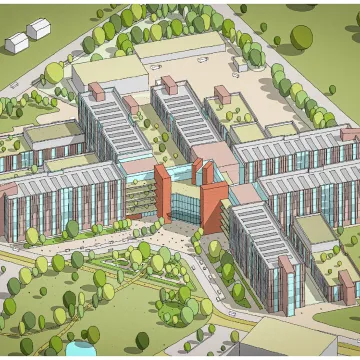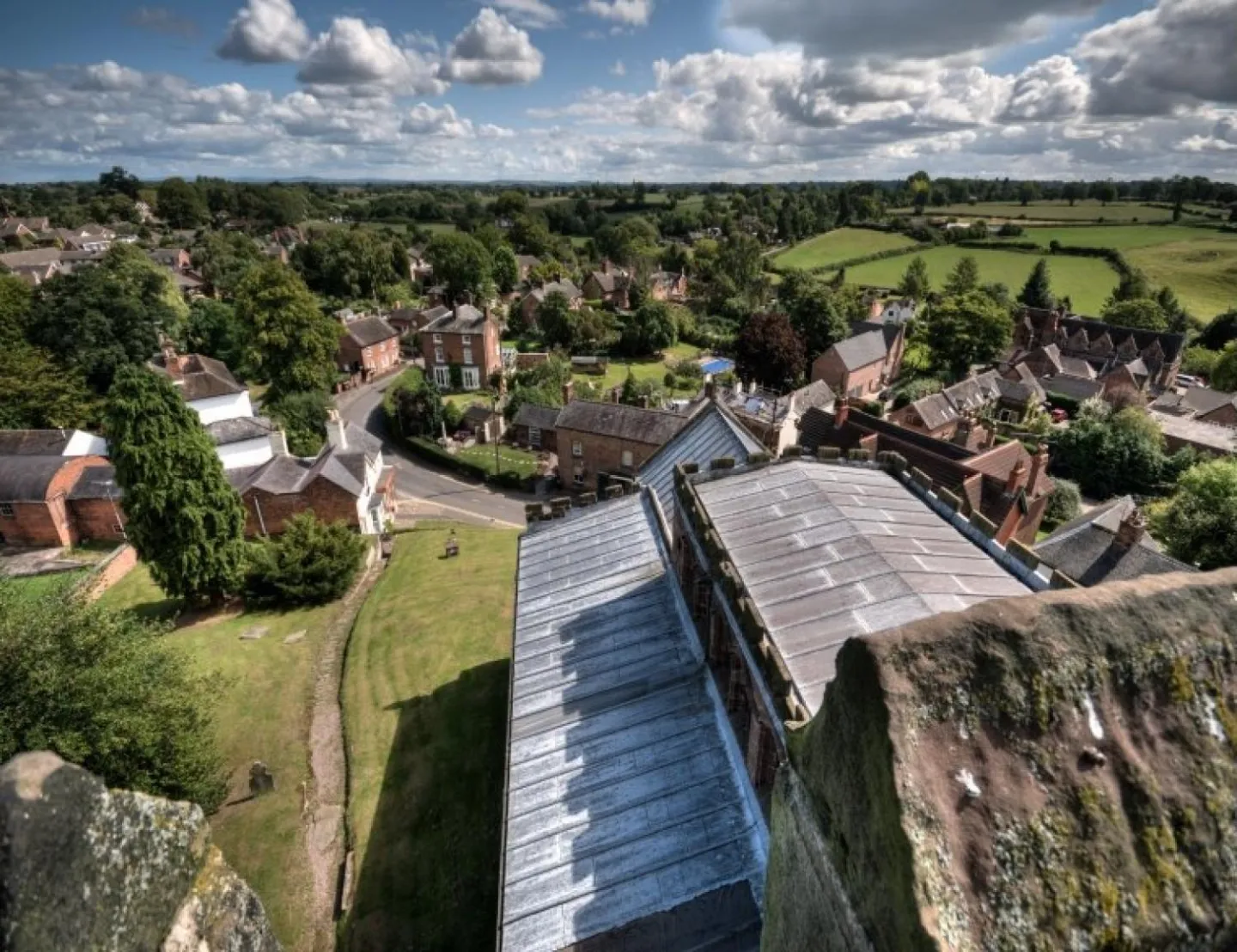







Last Successful flight 30th October
STS-61-A (also known as D-1) was the 22nd mission of NASA's Space Shuttle program. It was a scientific Spacelab mission, funded and directed by West Germany – hence the non-NASA designation of D-1 (for Deutschland-1). STS-61-A was the ninth and final successful flight of Space Shuttle Challenger. STS-61-A holds the current record for the largest crew – eight people – aboard any single spacecraft for the entire period from launch to landing.
The mission carried the NASA/ESA Spacelab module into orbit with 76 scientific experiments on board, and was declared a success.1 Payload operations were controlled from the German Space Operations Center in Oberpfaffenhofen, West Germany, instead of from the regular NASA control centers.
Space Shuttle Challenger (Orbiter Vehicle Designation: OV-099) was the second orbiter of NASA's Space Shuttle program to be put into service, after Columbia.
Challenger was built by Rockwell International's Space Transportation Systems Division, in Downey, California. Its maiden flight, STS-6, began on April 4, 1983. The orbiter was launched and landed nine times before breaking apart 73 seconds into its tenth mission, STS-51-L, on January 28, 1986, resulting in the death of all seven crew members including a civilian school teacher.
Challenger was the first of two orbiters that were destroyed in flight, the other being Columbia in 2003. The accident led to a two-and-a-half-year grounding of the shuttle fleet; flights resumed in 1988, with STS-26 flown by Discovery. Challenger was replaced by Endeavour, which was built from structural spares ordered by NASA in the construction contracts for Discovery and Atlantis.
History
Challenger was named after HMS Challenger, a British corvette that was the command ship for the Challenger Expedition, a pioneering global marine research expedition undertaken from 1872 through 1876.The Apollo 17 Lunar Module, which landed on the Moon in 1972, is also named Challenger.2
Construction
Because of the low production volume of orbiters, the Space Shuttle program decided to build a vehicle as a Structural Test Article, STA-099, that could later be converted to a flight vehicle. The contract for STA-099 was awarded to North American Rockwell on July 26, 1972, and construction was completed in February 1978.After STA-099's rollout, it was sent to a Lockheed test site in Palmdale, where it spent over 11 months in vibration tests designed to simulate entire shuttle flights, from launch to landing.To prevent damage during structural testing, qualification tests were performed to a safety factor of 1.2 times the design limit loads. The qualification tests were used to validate computational models, and compliance with the required 1.4 factor of safety was shown by analysis. STA-099 was essentially a complete airframe of a Space Shuttle orbiter, with only a mockup crew module installed and thermal insulation placed on its forward fuselage.
NASA planned to refit the prototype orbiter Enterprise (OV-101), used for flight testing, as the second operational orbiter; but Enterprise lacked most of the systems needed for flight, including a functional propulsion system, thermal insulation, a life support system, and most of the cockpit instrumentation. Modifying it for spaceflight would have been far too difficult, expensive, and time-consuming. Since STA-099 was not as far along in the construction of its airframe, it would be easier to upgrade to a flight article. Because STA-099's qualification testing prevented damage, NASA found that rebuilding STA-099 as OV-099 would be less expensive than refitting Enterprise. Work on converting STA-099 into Challenger began in January 1979, starting with the crew module (the pressurised portion of the vehicle) because the rest of the orbiter was still used by Lockheed. STA-099 returned to the Rockwell plant in November 1979, and the original, unfinished crew module was replaced with the newly constructed model. Major parts of STA-099, including the payload bay doors, body flap, wings, and vertical stabiliser, also had to be returned to their individual subcontractors for rework. By early 1981, most of these components had returned to Palmdale and were reinstalled on the orbiter. Work continued on the conversion until July 1982.
Challenger, as did the orbiters built after it, had fewer tiles in its Thermal Protection System than Columbia, though it still made heavier use of the white LRSI tiles on the cabin and main fuselage than did the later orbiters. Most of the tiles on the payload bay doors, upper wing surfaces, and rear fuselage surfaces were replaced with DuPont white Nomex felt insulation. These modifications and an overall lighter structure allowed Challenger to carry 2,500 lb (1,100 kg) more payload than Columbia. Challenger's fuselage and wings were also stronger than Columbia's despite being lighter.4 The hatch and vertical-stabiliser tile patterns were also different from those of the other orbiters. Challenger was also the first orbiter to have a head-up display system for use in the descent phase of a mission, and the first to feature Phase I main engines rated for 104% maximum thrust.
This article is from our news archive. As a result pictures or videos originally associated with it may have been removed and some of the content may no longer be accurate or relevant.
Get In Touch
AudlemOnline is powered by our active community.
Please send us your news and views using the button below:
Email: editor@audlem.org





